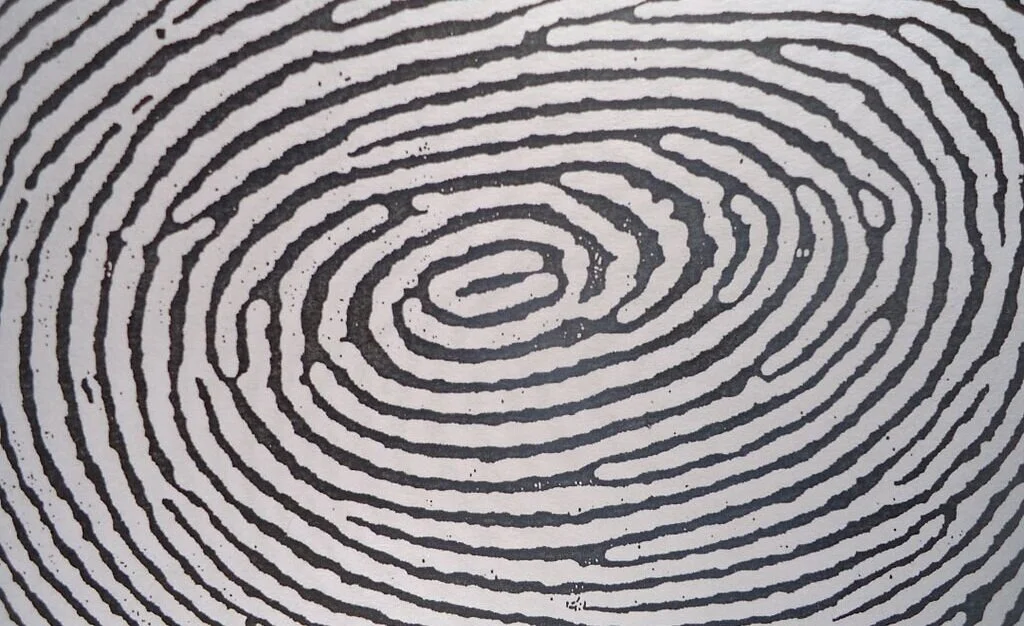Elaine Morgan and “The Descent of Woman”
Elaine Morgan was a part-time screenwriter for the BBC living in the Welsh countryside when she picked up an intriguing book on human evolution from her local library. It was Desmond Morris’s 1967 best-selling “The Naked Ape: A Zoologist’s Study of the Human Animal.” Morgan was not a scientist; she had a degree in English from Oxford, which was rare for women at that time. But as she read it, she began to question his arguments.
According to Morris, humans’ ape-like ancestors were cast out of the trees and onto the ground because of changes in climate. When the green food humans needed became scarce, they developed a taste for meat. To procure it more effectively, often while competing with bigger, more ferocious animals, they started walking on two legs, which was faster and let them see into the distance. Their hands were freed up so they could use tools. They started working together in hunting groups, which led to the development of language.
Morgan thought Morris’ assumptions were highly unscientific. For instance, she questioned the assumption that walking on two legs was faster than walking on four. But even more frustrating was the blatant sexism he, as well as other science such as Robert Ardrey and Konrad Lorenz, displayed. Their books presented males as the mighty hunters and females as dependent subordinates. They argued that the females required the protection of the great male hunters, and in exchange, they became sexually receptive at all times and adapted attractive traits such as breasts and a swiveling walk.
In response, Morgan wrote her book “The Descent of Woman” in 1972. She argued against such claims, noting, for instance, that breast shape was for the benefit of feeding offspring, not males’ sexual pleasure. She also skewered the hunting-centered argument as illogical and sexist. “It is high time this whole legend be exploded because it not just a myth pure and simple: it is a political myth,” Morgan wrote. “It is used to bolster up with pseudo-history and pseudo-anthropology the belief that it is ‘against nature’ for women to play a part in economic life...”
“She believed that the model of the stay-at-home wife was a recent creation and wasn’t a product of the universal order, and she argued that more resources should be available for caring for children to enable women’s economic participation.”
She presented an alternate history, based on a marginalized and derided theory that humans were adapted to the water rather than land. In her version, when human ancestors were driven out of the trees and confronted with all the dangerous animals on land, a few of them were lucky enough to make it to lake beds or coastlines. There, they realized walking on two legs let them go further into the water, where they could escape dangerous predators and gather food. The first use of tools was likely as simple as a pebble to crack open shellfish.
The females in this setting could support themselves easily, even while caring for infants. Morgan said that it wasn’t until after our early human ancestors had gone through this watery phase that they became equipped with a two-legged stance and the ability to use more complicated tools that allowed them to eventually adapt to a more terrestrial life. ”The Descent of Woman” became a bestseller in the U.S., and her criticisms of the biases present in books like Morris’s resonated with people. But hardly any serious scholar was nudged over to what came to be called the “waterside hypothesis” or “aquatic ape theory.” As The New York Times printed in a book review, the theory “simply does not stand up.”
There were many reasons for this dismissal of her work. One was her feminist point of view; she drew a direct connection from the independence of shellfish-gathering females to women’s natural participation in the workplace. She believed that the model of the stay-at-home wife was a recent creation and wasn’t a product of the universal order, and she argued that more resources should be available for caring for children to enable women’s economic participation. Some newspapers said that true scientific theory couldn’t come from a place that was inherently biased. Others criticized her sardonic prose, which made her seem unserious, and others said she was engaging in poorly-evidenced science.
Understanding the reception of Morgan’s work requires taking a step back. The hunting-focused versions of humankind’s evolution used more widely-accepted scientific evidence to make their arguments, though they deemphasized the level of debate happening in cultural anthropology, primatology and fossil research. Because they were so widely read, however, they became a dominant narrative that even influenced scientists. So when Morgan questioned these theories of evolution and employed evidence from a variety of disciplines, not all pure scientific fields, to support her arguments, many scientists pushed back.
Morgan did note that the people in academia most interested in engaging with her were students, not professors. Melanie Wiber, a professor emerita of anthropology at the University of New Brunswick, wrote about how she was influenced by reading Morgan when she was a student in her book, “Erect Men/Undulating Women.” “However little the academic community took her ‘aquatic ape’ theory seriously, her book had the effect of demonstrating the flaws of simplistic functional explanations as well as the deeply androcentric assumptions at work in Man the Hunter,” Wiber wrote. “In my mind, the model never seemed reasonable again.”
In the decades after the success of her book, Morgan returned to her former, quiet life, writing screenplays for the BBC. Academics meanwhile started to acknowledge more publicly the biases in popular evolutionary stories and began to work to revise them, especially as fossil evidence emerged that brought into question previous evolutionary theories. Scientists became more receptive to the idea that there wasn’t one single cause behind the human character—whether it was an aquatic habitat or pair-bonding or tool-making. There were many cumulative changes, not a single transition, that made us what we are.
Morgan’s initial book, as well as her outsider’s perspective, forced both scholars and the public to confront biases treated as fact. She didn’t propose a totally coherent scientific theory, but she looked at the inherent biases in mainstream science and questioned why they were so ingrained and accepted. But when she decided to return to her science writing, she found the publishing environment had changed. The divide between popular science and academic science texts had grown and scientists didn’t feel responsible for responding to an amateur known for an irreverent writing style.
“She didn’t propose a totally coherent scientific theory, but she looked at the inherent biases in mainstream science and questioned why they were so ingrained and accepted.”
In response, she rightfully called for scientists to engage more meaningfully with the public. She had attracted a group of followers—members of the public who had also become irritated with scientists’ unwillingness to engage with them. They represented the populist idea that the scientific elites had continuously failed to reckon with their mistakes and wouldn’t engage with those outside of their closed academic system. Though Morgan died in 2013, her supporters continue to bolster her arguments about the aquatic nature of human evolution, more recently utilizing evidence of early seafaring and migration along coastlines.
Morgan’s writing style wasn’t so different from her work at the BBC, where she specialized in adapting classic literary works by intuiting characters’ motivation and manner from the lines on the page to translate them for the TV screen. Similarly, she put herself in the place of early human ancestors to see if existing ideas about their survival strategies made sense. She was effective precisely because she didn’t follow the usual genre expectations of science writing, which often focused on amplifying the work of only scientists. Instead, her approach to others’ work was similar to literary criticism. Indeed, it was likely in her creative work as a screenwriter that she learned an important lesson about storytelling: If you’re going to shake up a popular narrative, one of the best ways is to change the setting.
In an interview with Lady Science, Sarah Blaffer Hardy, an anthropologist and primatologist who helped correct the male-centered biases in her field, shared fond feelings about Morgan. “Some of it was ‘out there,’” she said. “But some of it made sense, and as I say, the questions she asked needed asking, and of course she was one of the first to emphasize that evolutionists needed to pay more attention to Darwinian selection pressures on mothers and also infants. Hurray for that!”
Image credit: Diorama of a Neanderthal mother and child by Jaroslav A. Polák, 2013 (Wikimedia Commons | CC0 1.0)






